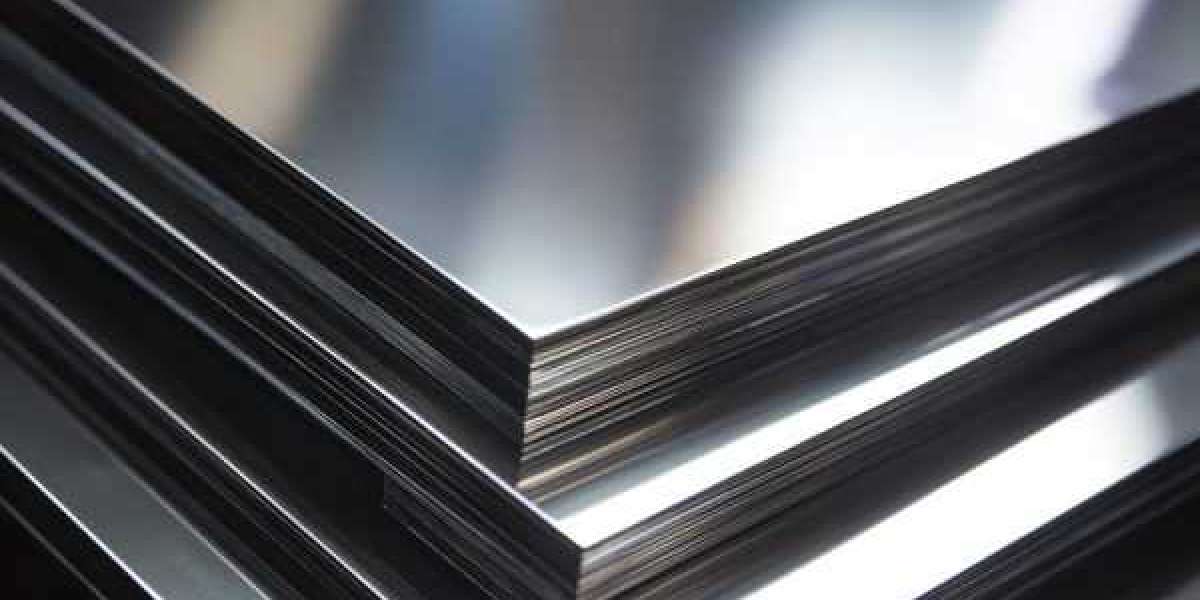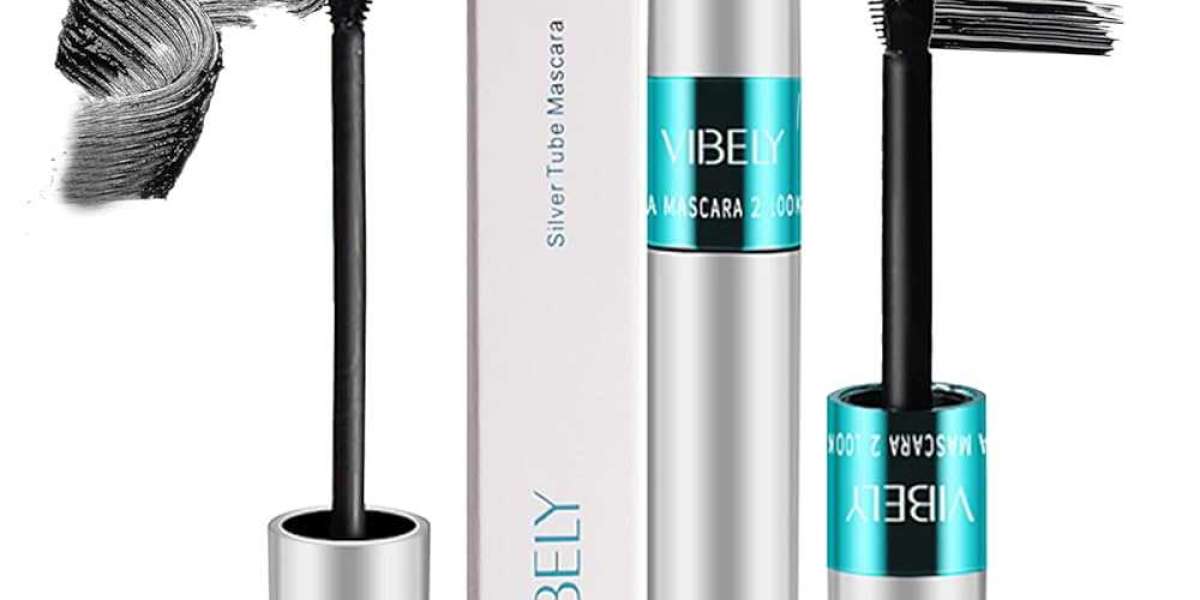A steel sheet plays a quiet yet powerful role in how our world stands and works. From bridges to buildings, machines to shipping, this flat metal product provides strength, shape, and support. Engineers and builders count on its reliability every day.
Grades like S355JR, S355J0, and S355K2 represent different performance levels within steel sheets. Each grade serves a specific purpose depending on its strength, flexibility, and how it reacts under pressure. Knowing which type to choose saves time, prevents errors, and keeps structures safe.
Let’s look at how these types differ, where they fit, and why they matter.
What Is a Steel Sheet?
A steel sheet is a thin, flat layer of processed steel. It gets shaped in large coils or cut into specific sizes. This type of metal suits work that needs flat surfaces, bends, or cuts to form different items.
Key Features of a Steel Sheet:
- Uniform thickness
Keeps structure steady across all areas. - Wide usage
Fits construction, manufacturing, transport, and home projects. - Strong yet workable
Easy to cut, weld or form into required shapes.
This makes steel sheets one of the most used materials in industries worldwide.
What Does S355JR Mean in Steel Grades?
Steel sheets come in many grades. S355JR is one of the more common ones. It belongs to a group known for strong structural use.
Characteristics of S355JR:
- High yield strength
Stands up well under force without bending. - Weldable
Easily joins with other parts through welding. - Suitable for wide-scale construction
Works for frames, bridges, and heavy support areas.
This grade gives a good balance between strength and flexibility, making it a dependable option.
How S355J0 Stands Apart
The S355J0 steel sheet builds on the features of S355JR but comes with a higher impact value, tested at 0°C. It handles sudden shocks and changing weather conditions better.
Uses and Strengths of S355J0:
- Resists brittle cracking
Holds together under impact or sudden load changes. - Performs well in colder weather
Suitable for outdoor structures in mixed climates. - Fits industrial and civil work
Ideal for warehouses, towers, or roadside barriers.
This type ensures safety in more demanding or open environments.
Why S355K2 Fits Tougher Conditions
Among the three, S355K2 has the highest impact value, tested at -20°C. It is used in places where freezing weather and heavy loads are expected.
Where S355K2 Works Best:
- Cold climates
Used in snowy or windy regions. - Heavy engineering
Handles high-pressure zones in machines or equipment. - Long-term outdoor use
Resists cracking over time even when weather shifts.
This grade offers stronger security for the most difficult conditions.
Choosing the Right Grade for the Job
Each steel sheet grade suits a different use. Picking the right one depends on environment, load, and project goals.
Selection Guide:
- Use S355JR for regular buildings or beams in dry conditions.
- Choose S355J0 for structures that face stress or sudden forces.
- Go with S355K2 for bridges, towers, or extreme weather areas.
Matching grade to task avoids failure and keeps projects running safely.
Steel Sheet in Daily Use
Though hidden behind walls or beneath roads, steel sheets shape much of daily life. Their strength holds buildings together, while their flexibility makes them easy to work with.
Common Places You’ll Find Steel Sheet:
- Transport: Used in vehicle frames, ship panels, or rail tracks.
- Infrastructure: Forms walkways, support beams, and building cores.
- Machinery: Found in farming, mining, or industrial machines.
Steel sheets adapt to a range of uses while staying strong and reliable.
Tips for Working with Steel Sheet
Handling steel sheets needs care, especially when choosing the grade or working on site.
Safety and Use Tips:
- Wear gloves and safety gear
Sheets can have sharp edges when cut. - Store flat and dry
Avoid bending or rust from wet areas. - Use the correct tools
Match your cutting and welding tools to the steel type.
Good habits lead to fewer injuries and better project results.
Final Thoughts
A steel sheet does more than look flat and plain—it supports the biggest projects with quiet strength. Whether you pick S355JR, S355J0, or S355K2, each version serves a clear purpose. Understanding their traits leads to smarter planning, safer builds, and longer-lasting work.
With the right grade and proper care, steel sheets continue to shape the world—layer by layer, one project at a time.






